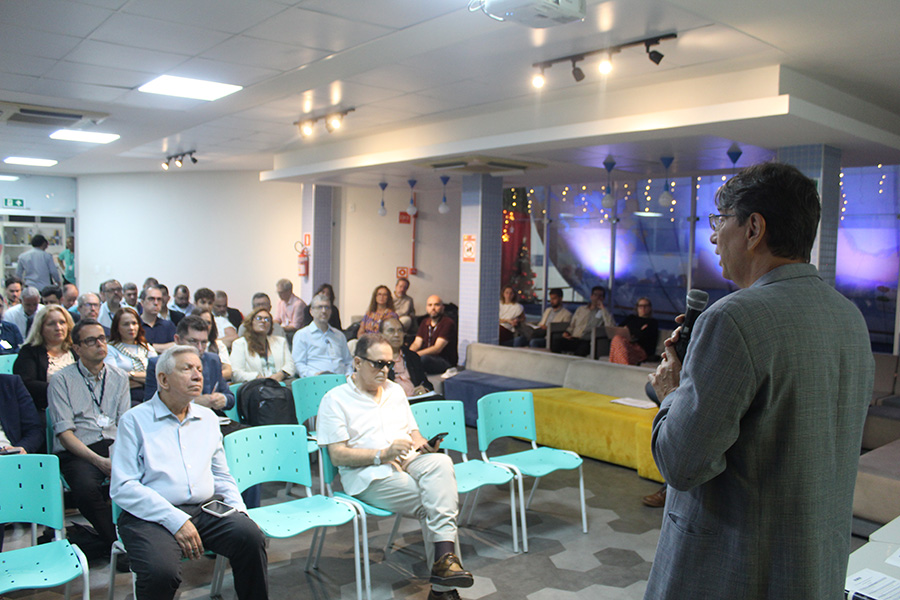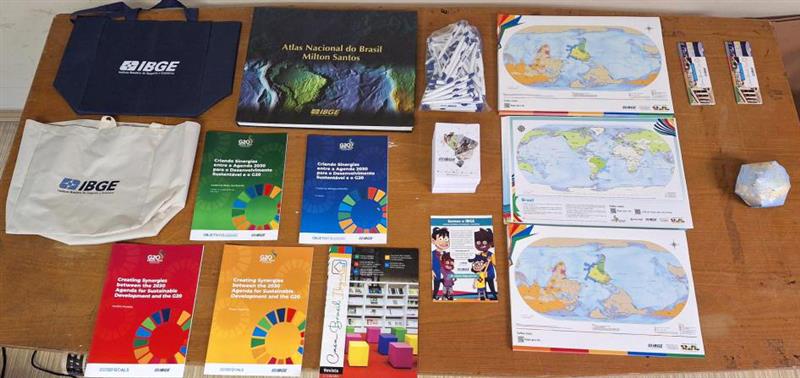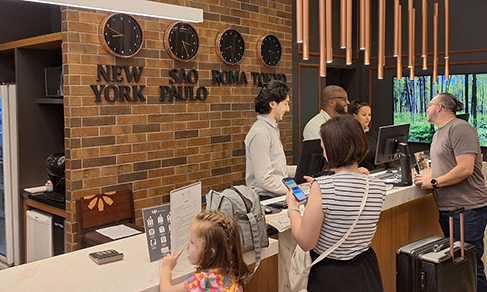IPCA
Inflation rises 0.62% in December, closes 2022 with a rise of 5.79%
January 10, 2023 09h00 AM | Last Updated: January 10, 2023 02h59 PM

Having risen 0.62% in December, inflation closed the year of 2022 with an increase of 5.79%, below the rate of 10.06% registered in 2021. As a result, inflation stays above the target established by the National Monetary Council for the fourth time in a row, which was 3.5% in 2022, with a target ceiling of 5%. The data are from the Extended National Consumer Price Index (IPCA), released today (10) by the IBGE.
The result was mainly influenced by the group of Food and beverages (11.64%), which recorded the biggest impact (2.41 p.p.) on the cumulative index in the year. It was followed by Health and personal care, with a change of 11.43% and an impact of 1.42 p.p. The highest change came from the group of Wearing apparel (18.02%), which rose above 1% in ten out of 12 months of the year. The group of Housing stood close to stability, with a change of 0.07%, and Transportation (-1.29%) reported the biggest drop and the most intense negative impact (-0.28 p.p.) among the nine groups surveyed.
Food at home (13.23%) exerted the biggest influence on the rise of 11.64% of the group of Food and beverages. The highlights were onions (130.14%), which registered the highest rise among the 377 sub-items that comprise the IPCA, and long-life milk (26.18%), which contributed with the biggest impact (0.17 p.p.) among the food for consumption at home. Potatoes (51.92%), fruits (24.00%) and French bread (18.03%) should be mentioned as well.
“In the case of onions, the rise is related to the reduction in the planted area, increase of production cost and climate issues. The prices of milk rose more intensely between March and July 2022, when the cumulative rise in the year reached 77.84%. By the end of the off-season period in August, the prices began to drop until the end of the year, especially in September (-13.71%),” explains André Almeida, an IPCA analyst.
Food away from home, in turn, rose 7.47%. While meals increased 5.86%, snacks rose 10.67%.
In the group of Health and personal care (11.43%), the major contribution (0.61 p.p.) came from the items of personal hygiene (16.69%), especially toiletries (22.61%) and hair products (14.97%). Having risen 6.90% and having impacted 0.25 p.p. on the cumulative IPCA in the year, health insurance plans were another highlight. The rise of 13.52% of pharmaceuticals should be highlighted as well.
In the group of Wearing apparel (18.02%), the prices of women’s wearing apparel (21.35%) and men’s wearing apparel (20.77%) rose above 20% in the cumulative index in the year. The changes of children´s wearing apparel and of footwear and accessories stayed at 14.41% and 16.83%, respectively, whereas jewels (3.67%) recorded the lowest change among the items surveyed. The price of cotton, one of the major raw materials in this sector, significantly rose between April 2020 and May 2022. “The production costs increased and the demand resumed after the flexibilization of the social distancing measures due to the Covid-19 pandemic,” adds Almeida.
In the group of Housing (0.07%), the major positive contributions came from residential rent (8.67%), water and sewage fees (9.22%) and condominium fees (6.80%). Together, the three sub-items contributed with nearly 0.62 p.p. to the cumulative IPCA in 2022. The rises of nearly 20% in cleaning products (19.49%) and of slightly more than 6% in bottled gas (6.27%) should be mentioned. On the other hand, residential electricity fell 19.01%, with an impact of -0.96 p.p. on the cumulative index in the year.
In the group of Transportation, the major positive impact (0.49 p.p.) came from the sub-item car licensing (22.59%). The rise of the IPVA (vehicle tax) in 2022 is mostly due to the increase in the price of cars in 2021, since the charge is based on the commercial value of vehicles in the end of the previous year. The prices of new cars (8.19%) and used cars (2.30%) continued to rise in 2022, though in a lower pace than that registered in 2021 (16.16% and 15.05%, respectively).
Having risen 23.53% and contributed with 0.14 p.p. to the cumulative index in the year, airfare was another important rise. On the dropping side, gasoline (-25.78%) stood out, being responsible for the most intense negative impact (-1.70 p.p.) among the 377 sub-items that comprise the IPCA. The prices of gasoline dropped more significantly between July and September, due to several reductions in the price in the refineries and also to Complementary Law 194, which limited the charge of the ICMS on fuels in the states.
IPCA stays at 0.62% in December
Inflation was 0.62% in December 2022, 0.21 percentage points (p.p.) above the rate of 0.41% registered in November. In December 2021, the change had been 0.73%. All the groups of products and services surveyed rose. The highest changes came from Health and personal care (1.60%), which was also the biggest impact (0.21 p.p.), and Wearing apparel (1.52%). Transportation (0.21%) and Housing (0.20%) decelerated in relation to November, when they recorded 0.83% and 0.51%, respectively.
“The drop in the price of gasoline was the major factor for the deceleration in Transportation. The liter of that product reduced more than 6% in the distributors,” highlights Almeida. Altogether, the groups of Health and personal care and Food and beverages represented nearly 56% of the total impact of the IPCA in December.
INPC rises 0.69% in December and closes the year at 5.93%
The National Consumer Price Index (INPC) rose 0.69% in December, 0.31 p.p. above the result of November (0.38%). In December 2021, the rate had been 0.73%. In 2022, the INPC closed the year with a rise of 5.93%, below the rate of 10.16% recorded in 2021.
Having risen 11.91%, food products stood out, whereas non-food products changed 4.08%. In 2021, the group of Food and beverages had changed 7.71% and non-food products, 10.93%.
Concerning the regional indexes, the highest rate was registered in the metropolitan area of São Paulo (7.22%), especially due to car licensing (23.66%) and housing rent (10.48%). The lowest change was reported in the metropolitan area of Porto Alegre (3.05%), whose figure was influenced by the retreat in the prices of gasoline (-30.90%) and residential electricity (-32.79%).
More about the surveys
The IPCA has been calculated by the IBGE since 1980. It refers to households with monthly income of 1 to 40 minimum wages and encompasses ten metropolitan areas in Brazil, besides the municipalities of Goiânia, Campo Grande, Rio Branco, São Luís, Aracaju and Brasília. The INPC has been calculated by the IBGE since 1979. It refers to households with monthly income of 1 to 5 minimum wages. It encompasses ten metropolitan areas in Brazil, besides the municipalities of Goiânia, Campo Grande, Rio Branco, São Luís, Aracaju and Brasília.

















